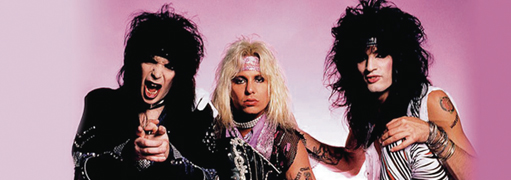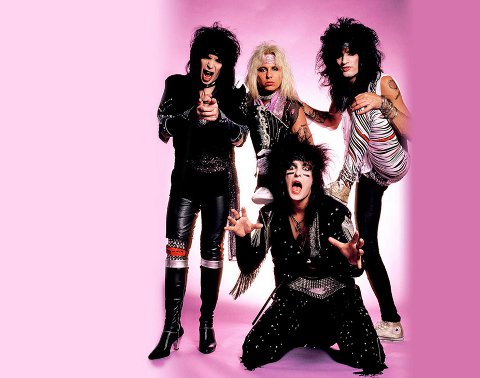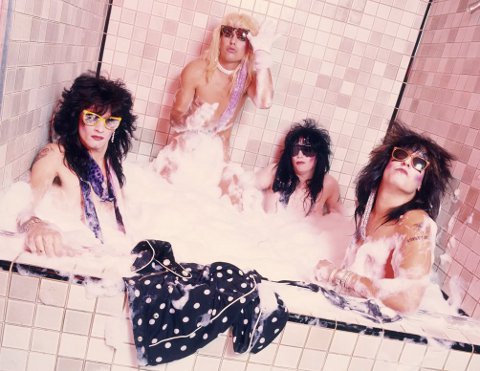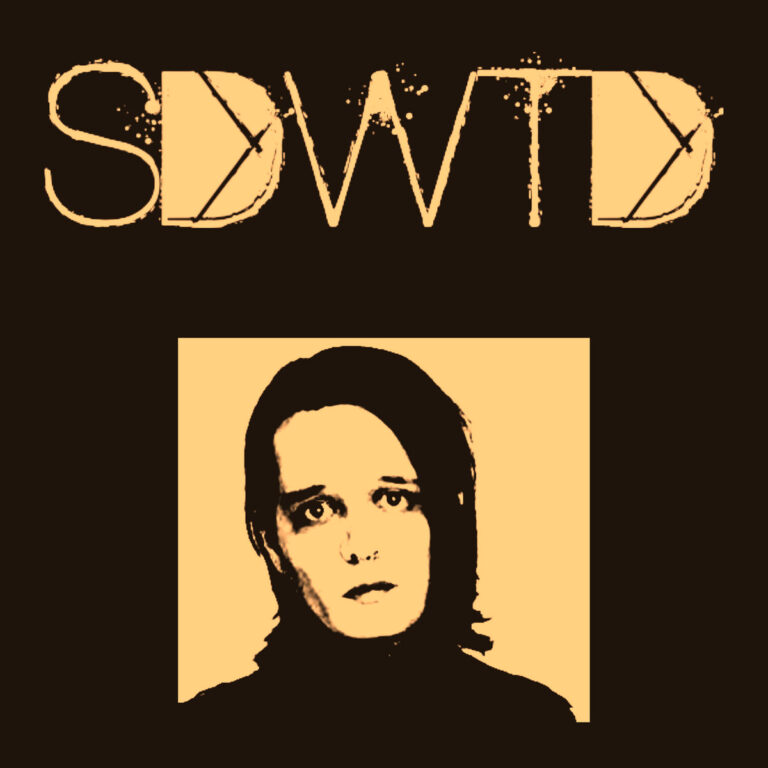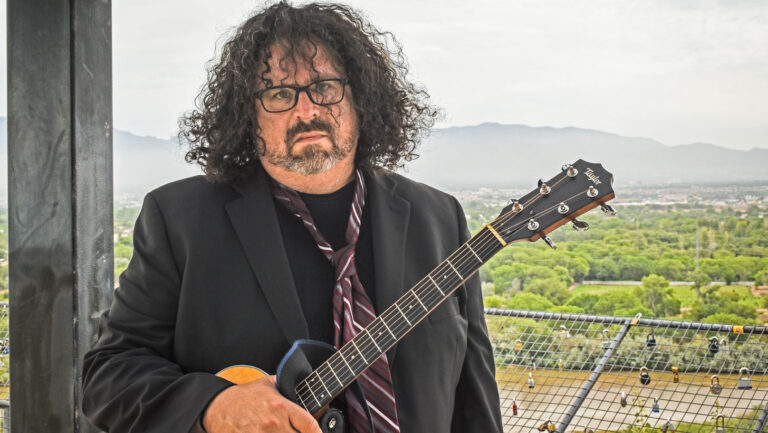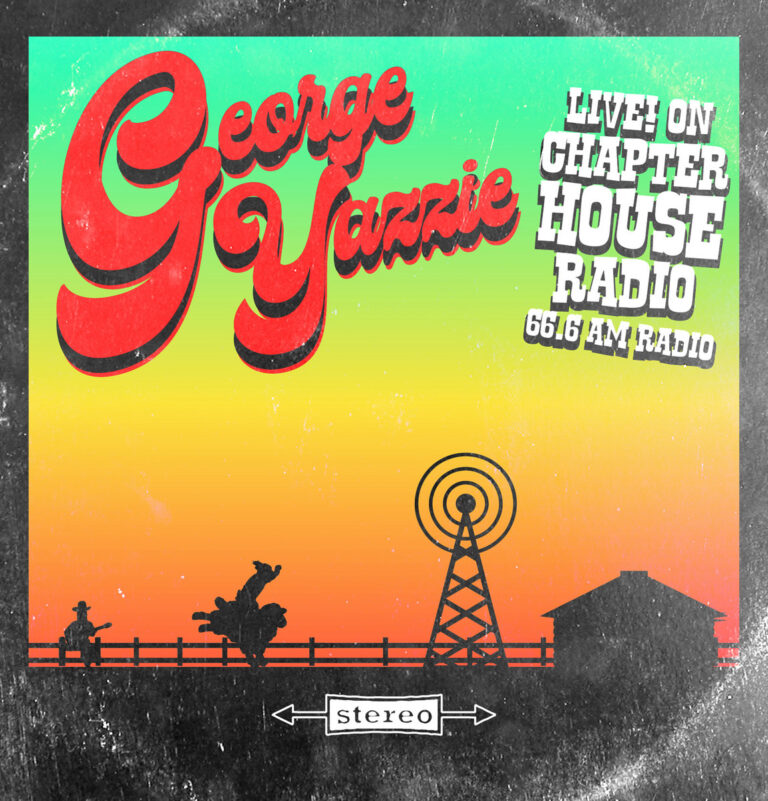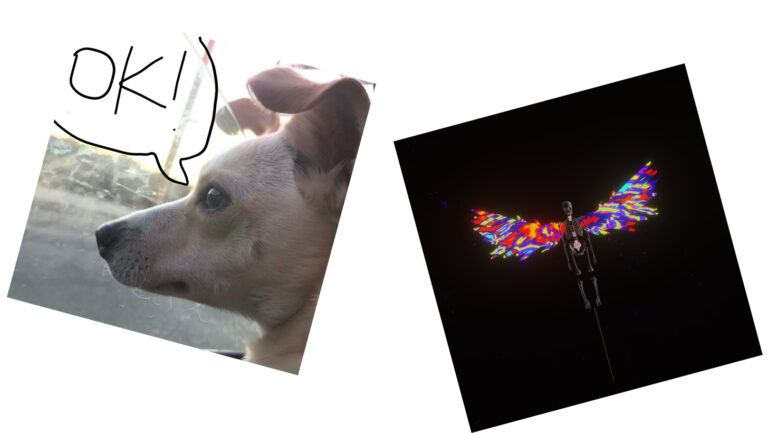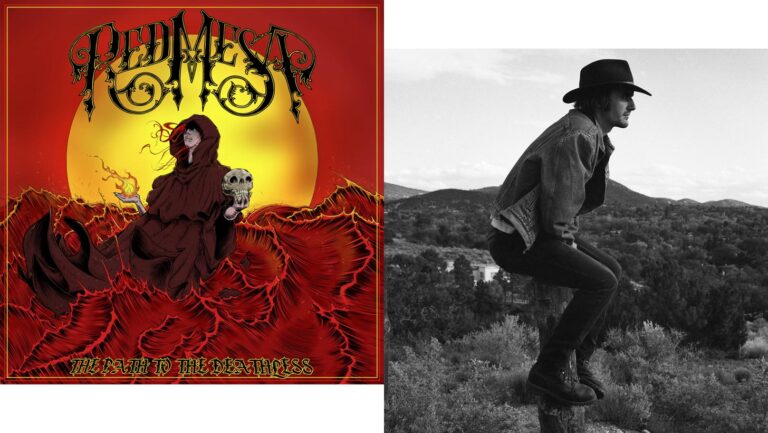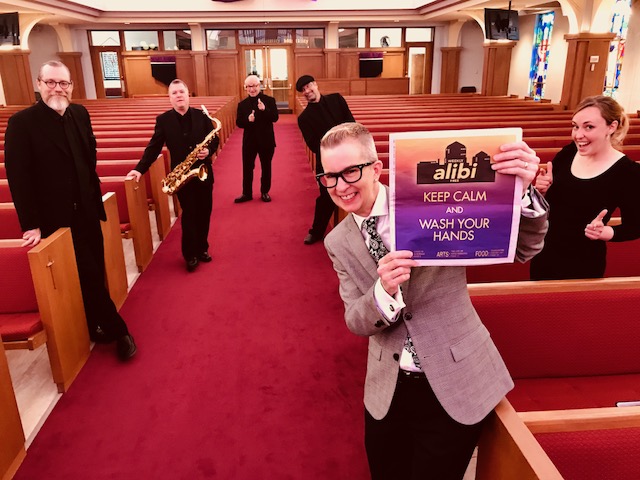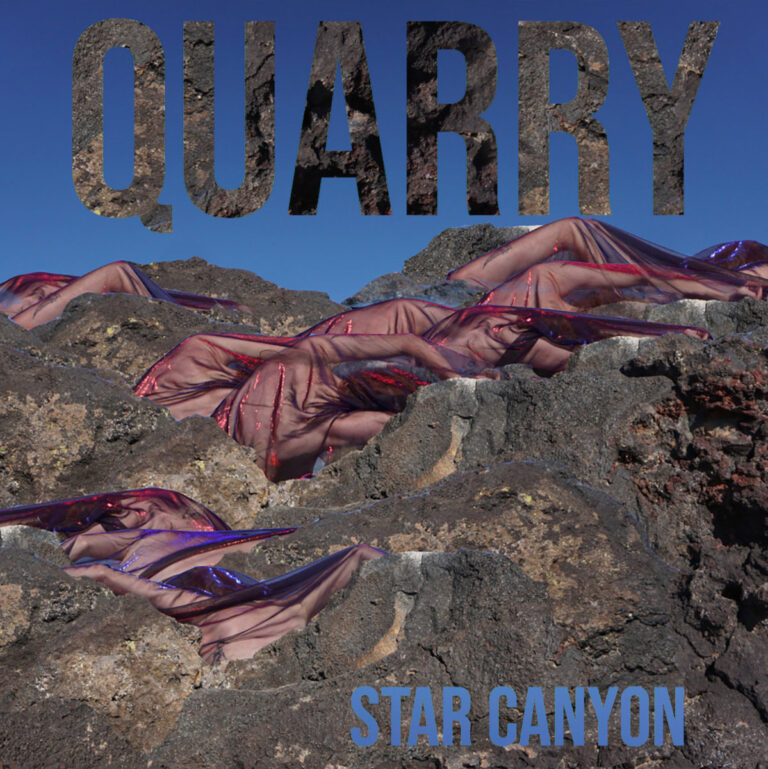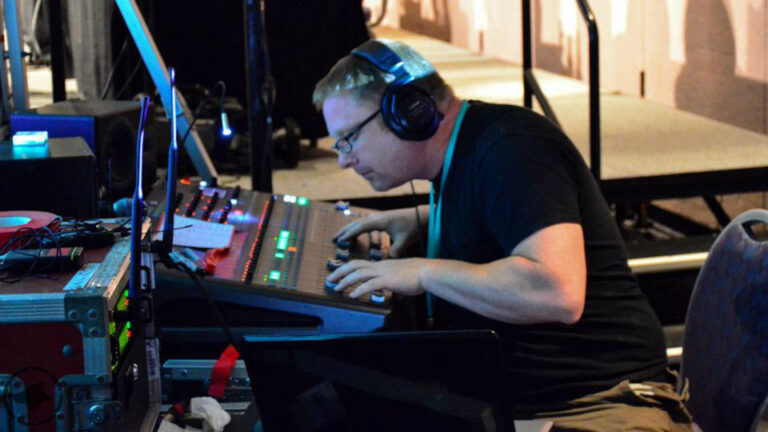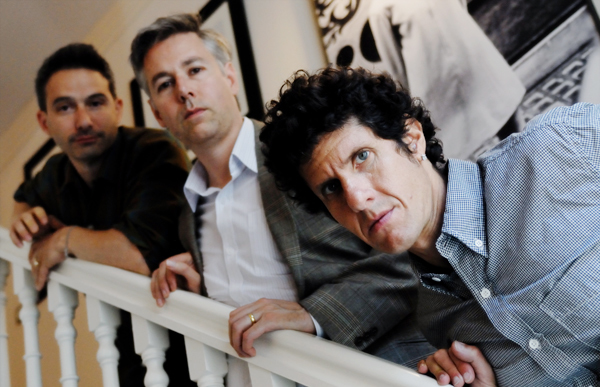Mötley Crüe is a band made up of Mick Mars, Nikki Sixx, Tommy Lee and Vince Neil. They play the best damn hair music in the world.Strictly speaking, the Stones were the first hair band. The Beatles gave it a shot, but besides John Lennon, they were all way too nice. Mick and his band of Luciferians got the whole package just right, down to the moppy locks, fancy clothes, sneering looks and highly visible, hedonistic lifestyles.Twenty years later, as punk rock was destroying and then magically and tragically recreating rocanrol on both sides of the Atlantic, one hard-rocking outfit in the City of Angels crawled past the shadowy realm inhabited by the likes of the trollish dudes in Black Sabbath; in the process, they conquered—for a few years anyway—both the heavy metal and pop universe, heat-damaged hair and all.Propelled by the late night, early morning cacophony of booze-drenched, powder-sprinkled clubs on the Sunset Strip, Mötley Crüe raced forward into the fray, surpassing the dying behemoth of 1970s hard rock—rescuing and reinvigorating a genre that would be mercilessly executed 10 years later by a lowly but extremely clever elf from Aberdeen, Wash. In those intervening years though—years that led up to the release of Nevermind and the wholesale slaughter of hair bands worldwide—man did Mötley Crüe rock. As their talent, fortunes and popularity waxed and waned like some insanely loud and provocative moon, the Crüe ultimately survived the ’90s. They were reborn in the aughts and continue to jam well into this century’s second decade.But like everything in rock and roll, things must come to the end, even if there’s a frantic drum roll or cryptic gong bang before silence triumphs. And so it was written—by court order no less—that 2014 would be the year of the ultimate Mötley Crüe tour. The Crüe brings their especially dirty and delicious brand of rock music to Burque on Friday. You better bear witness to this one; afterward they’re probably returning to hell … or Los Angeles. Forever.Mötley Crüe’s first album, 1981’s Too Fast for Love, sported a cover that consciously took liberties with the Warhol-imagined art for the Stones’ Sticky Fingers. Like that seminal work (ha!), Too Fast for Love imagines a world as transgressive as it is compelling, offering listenability that is hard as hell to beat if you just wanna rock out.Too Fast for Love features blistering guitars outfitted for speed, frantic vocals and a pounding rhythm section, traits that would become hallmarks of the band’s sound. Tunes like “Live Wire” demonstrated the band’s slithery prowess, while smoldering slow-burners like “On with the Show” displayed a sense of melody and melancholy that was powerfully reminiscent of stuff Marc Bolan recorded a decade before on The Slider.Things went to hell but in a good way—I promise—when the Crüe created and publicly disseminated Shout at the Devil in 1983. Back in the day, every parent of every middle-class adolescent in America was convinced that the release of this head-banging recording signaled the commencement of the end times. Although Rolling Stone music critic J.D. Considine dismissed the album as an attempt to provide “cheap thrills to jaded teens,” that didn’t stop Shout at the Devil from becoming wildly popular among the youth of America, with radio-friendly rockers like the title track and “Looks That Kill” pouring gas on the post-game popularity fire.After Hanoi Rocks drummer Razzle was killed in a drunk-driving accident involving Crüe frontman Vince Neil in 1984, the members of Mötley Crüe all became born-again Christians. Just kidding! But Razzle’s death left the band stunned. Ironically the result of that tension and tragedy was the glam-influenced album Theatre of Pain. Although still arguably sexy and sleazy, Theatre of Pain features some of Mötley Crüe’s more plaintive moments, including archetypal power ballad “Home Sweet Home.”What followed is best described as a years-long wallow in drug addiction and decadence. That collective Crüe lifestyle was chronicled on 1987’s Girls, Girls, Girls. By the end of that year, bassist Nikki Sixx overdosed on heroin but somehow survived. Some say that happened because of a pact similar to one made between Keith Richards and Old Scratch. In reality, Sixx was just lucky, but the band’s fortunes weren’t quite so charmed.Managers and record company executives intervened, and as a result a big European tour got canceled. The verdict was in: Mötley Crüe had to get sober or else. Après trying on their one-day-at-a-time hats and shoulder pads, the group released the ironically titled Dr. Feelgood in 1989. Produced by studio wizard Bob Rock, Dr. Feelgood topped the US charts. It was the Crüe’s best loved and best sounding record.Interestingly it wasn’t hard drugs or dangerous living that broke up Mötley Crüe. As the last decade of the 20th century came to bear upon their souls, so did the music of a flannel-clad giant killer from the Pacific Northwest and his faithfully rocking, punky cohorts. In other words, by the summer of ’91, grunge was in, and hair was out.Vince Neil parted ways with his bandmates in 1992. They soldiered on without him, releasing an eponymous album with vocalist John Corabi in 1994. It was popular but lacked that old dark magic, said the critics. The quartet reunited for 1997’s Generation Swine, a decent album that was overlooked by just about everyone in America—who were then woefully still mourning the untimely death of the aforementioned blond, elfin genius from the north woods. Its critical and commercial failure led to a mass cancellation of tours and ultimately in 1999, the departure of drummer Tommy Lee.Like a number of bands that were massively popular in the late 20th century—see last week’s look at Outré Dan—Mötley Crüe regrouped after the world failed to end at the onset of the new millennium, beginning a slow but steady rise back to the top of the pops.After a successful slew of tours in the early aughts and the release of solid studio effort Saints of Los Angeles, the Crüe must have realized that their strength lay in the same place it did all those years ago when headlining the Whiskey a Go Go—as a living, honest-to-Satan rock band with showmanship and musical chops that eclipsed the slings and arrows of outrageous fortune.Mötley Crüe kills it one more time at Isleta Amphitheater (5601 University SE) on Friday, July 18, at 7pm. Shock-rock progenitor Alice Cooper opens the show. Tickets for the last tour of Mötley Crüe, ever, on this mortal coil will run you between $32 and $125, depending on how close to the action you want to be. Remember to wear your hair down, your t-shirt fashionably ripped and your leather trousers tight. Oh, and don’t forget your pentagram pendant.
